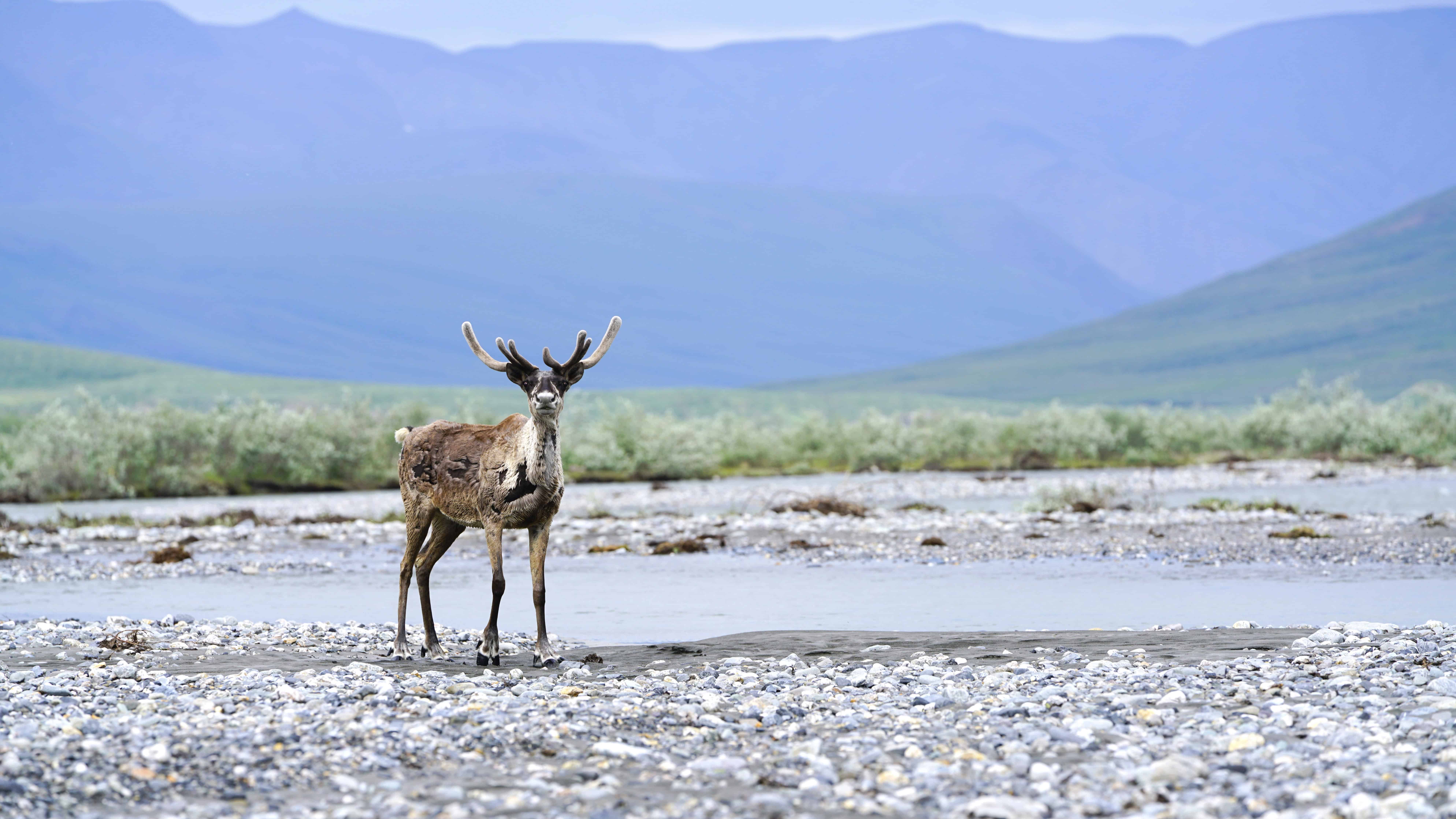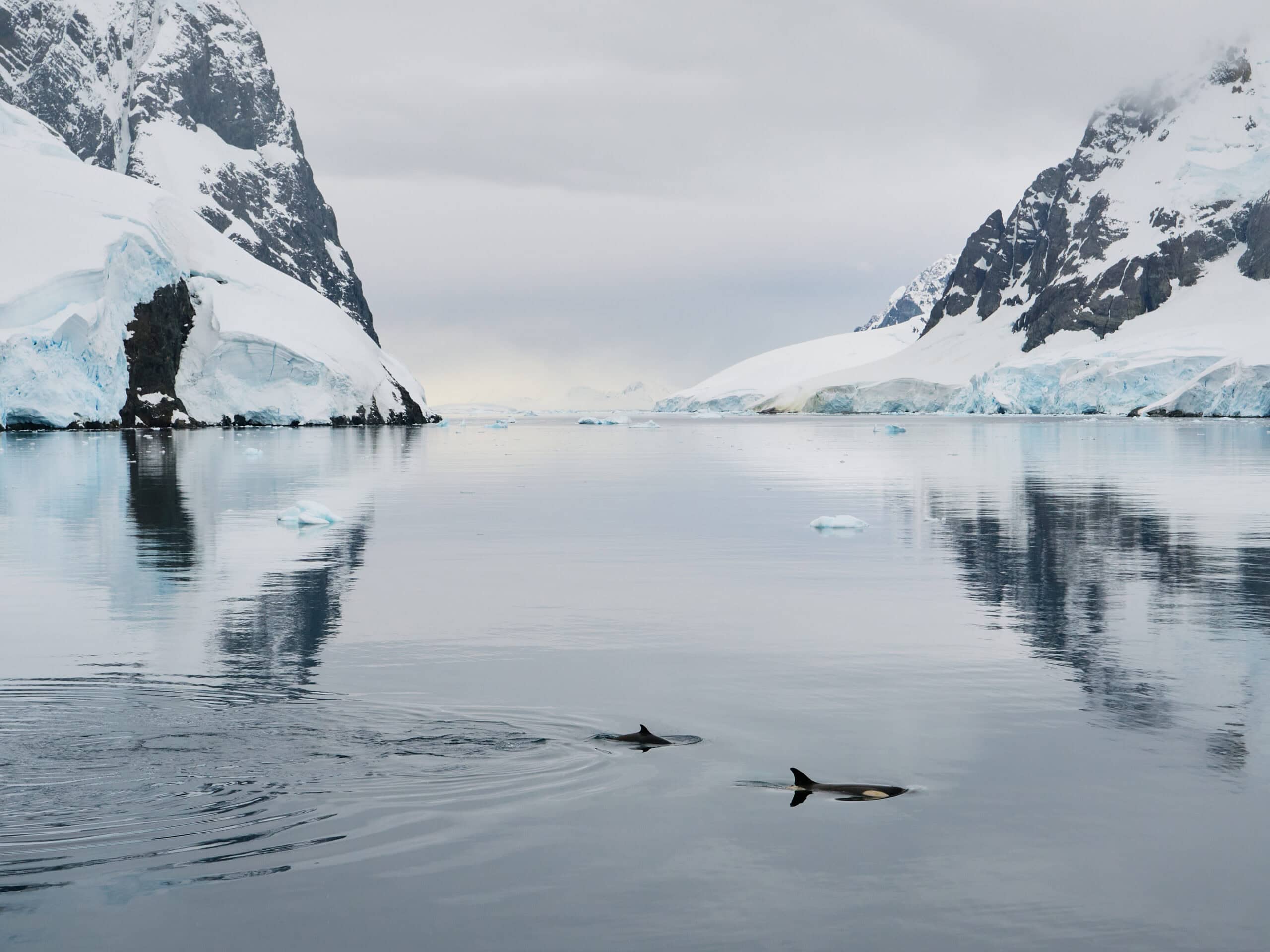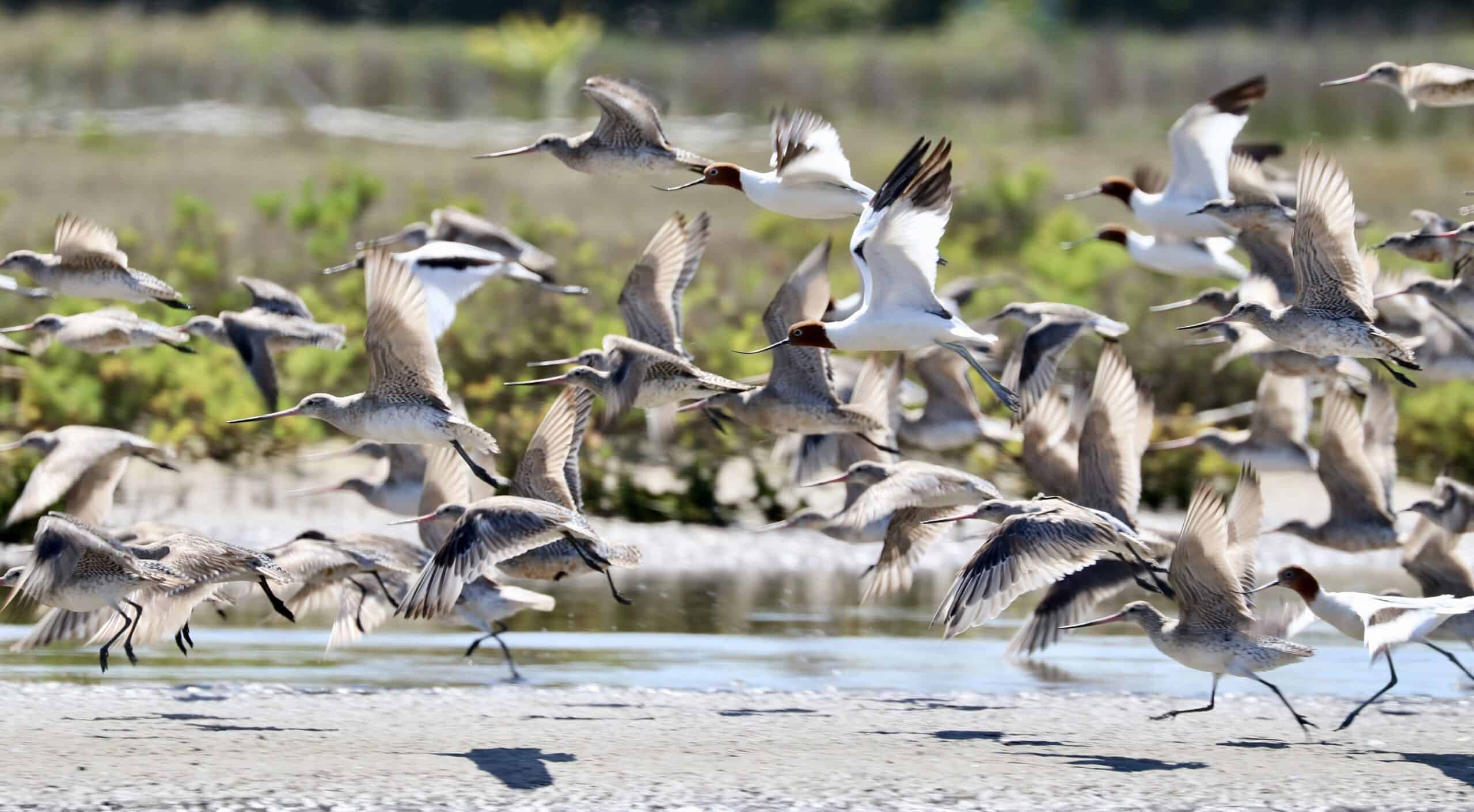Share this article
USFWS and NOAA Fisheries propose ESA changes
The U.S. Fish and Wildlife Service and the National Marine Fisheries Service (NOAA Fisheries) have announced proposed revisions to the Endangered Species Act.
The proposed changes, which were announced July 19, would affect the implementation of three sections of the ESA and could have significant impacts on the ways threatened and endangered species are managed. This package of proposals represents some of the most substantial changes to the ESA’s implementation since 1986, affecting Section 4 (listing, delisting, critical habitat designations), Section 7 (consultation), and Section 9 (prohibitions for listed species).
Listing Process
One proposed change would impact information provided during the listing decision process. Currently, the USFWS and NMFS regulations require them to make listing determinations “solely on the basis of the best available scientific and commercial information regarding a species’ status, without reference to possible economic or other impacts of such determination.” The proposed change would remove the latter phrase of this statement, allowing economic information to be provided during the listing process. The USFWS and NOAA Fisheries say the agencies will not use the economic analyses in listing decisions. They will continue to only consider biological and commercial information in the listing process, since that is still what the law requires. However, they say that the additional information may be useful to the public in some situations.
The proposal also clarifies that the standards used for listing and delisting a species would be the same — does the species meets the legal definition of threatened or endangered? It also simplifies the criteria of categories used in determining whether or not a species should be delisted.
Foreseeable Future Determinations
The agencies also proposed a new interpretation of the term “foreseeable future” in regard to threatened species. Currently the law defines a threatened species as one that “is likely to become an endangered species within the foreseeable future throughout a significant portion of its range.” The proposed regulations would provide a framework for determining “foreseeable future” on a case-by-case basis based on life history and threat projections.
In recent years, climate change has been used as a factor in listing populations as threatened, including wolverines (Gulo gulo) and Arctic bearded seals (Erignathus barbatus). Climate change projections showed significant impacts to the species’ habitats, but opponents claimed the projections were not reliable enough for ESA determinations. Since many species could be affected by environmental changes, the question of whether or not climate change is considered “the foreseeable future” could impact future listing decisions.
Critical Habitat Designations
Another change would affect how the agencies designate critical habitat for threatened and endangered species. Critical habitats are areas with physical or biological features that are essential to species conservation, and areas defined as critical habitat may require special protections or management.
During the Obama administration, USFWS and NOAA Fisheries considered occupied and unoccupied areas for critical habitat simultaneously. This allowed areas of Louisiana to be designated as critical habitat for the dusky gopher frog (Lithobates sevosus). The area was part of the frog’s historic range, but the species has not been found there in decades. The decision proved contentious and will be heard by the Supreme Court in October.
The proposed change would require agencies to evaluate occupied habitat before considering unoccupied areas. Before designating unoccupied areas as critical habitat, agencies would need to determine that those areas would have substantial benefits to species recovery or that occupied areas are inadequate to ensure conservation of the species. The change would also allow no designation of critical habitat in some cases — for example, when threats to a species habitat stem solely from causes not able to be addressed by Section 7 consultations with federal agencies.
Threatened Species Regulations
Another change would eliminate the so-called “blanket 4(d) rule” used by USFWS to automatically extend prohibitions against all take that apply to endangered species to threatened species. Section 4(d) of the ESA allows agencies to establish regulations for threatened species based on the specific needs of the species. USFWS began using the blanket 4(d) rule in 1978, occasionally providing a special 4(d) rule to select threatened species. Critics of the blanket 4(d) rule say it removes the distinction between threatened and endangered species by automatically extending them the same protections.
The USFWS press release says this proposed change would make policies and enforcement more consistent between agencies. NOAA Fisheries does not use a blanket 4(d) rule when managing marine species. The change would not affect species that have already been listed, but in the future all threatened species would have species-specific rules tailored to their unique recovery challenges, similar to existing special rules.
Additional ESA Proposals
These announcements come alongside legislative efforts to amend the ESA. Sen. John Barrasso, R-Wyoming, has released a draft bill, the Endangered Species Act Amendment of 2018, based in large part on recommendations from the Western Governors Association. On July 12, the Congressional Western Caucus also released a series of nine bills to amend the ESA that focus on streamlining the listings and delisting process, providing for more state involvement and codifying existing voluntary private lands conservation programs into law. All these bills would need to pass both houses and the conference process before becoming law. In contrast, the administration’s proposals could be enacted through the regular departmental regulatory procedure without Congressional action.
The proposed rules were published in the Federal Register on July 25 as three related entries about interagency cooperation, listing species and designating critical habitat and prohibitions for threatened species. The public comment periods end on Sept. 24.
Header Image: NOAA Fisheries listed Arctic bearded seals as a threatened species in 2012 because of the projected impacts of climate change on their habitat. ©Gary Bembridge







